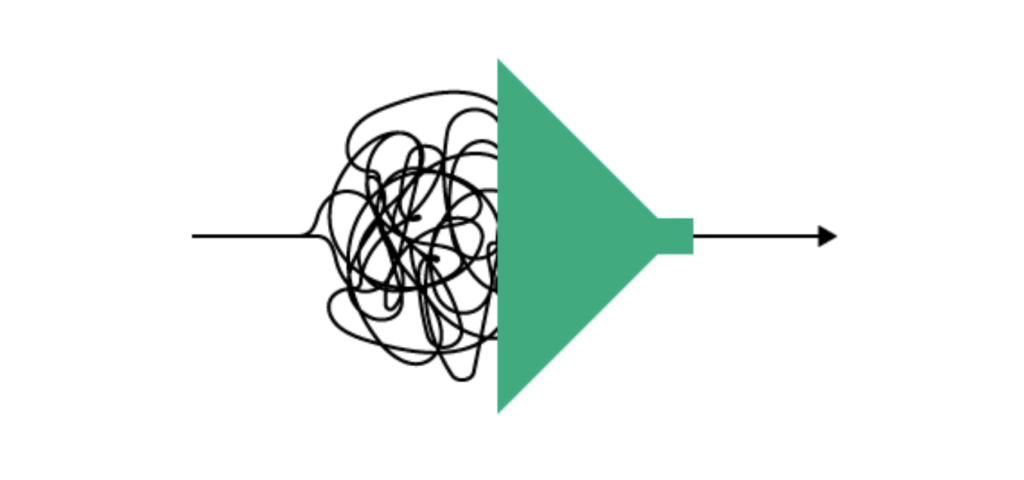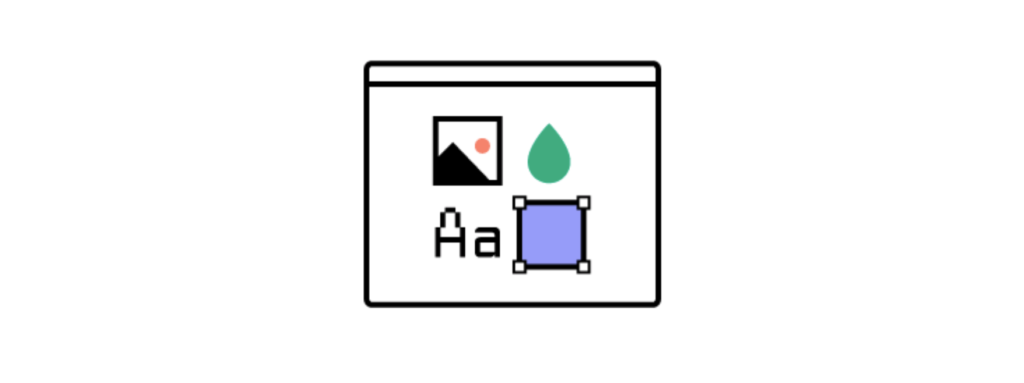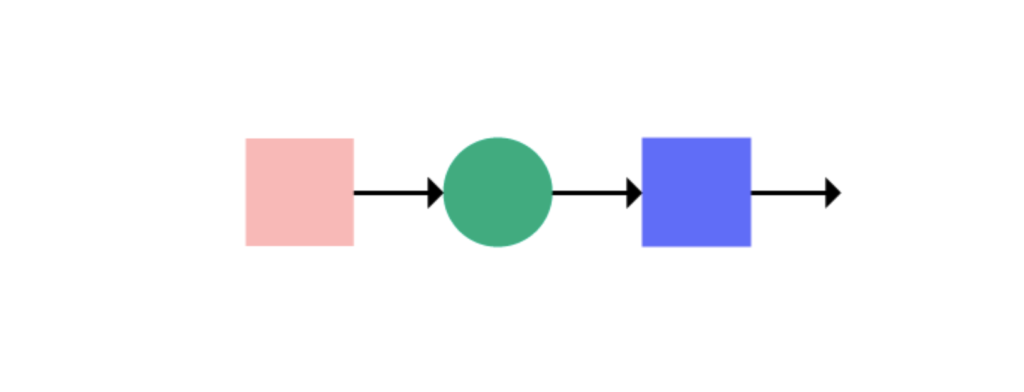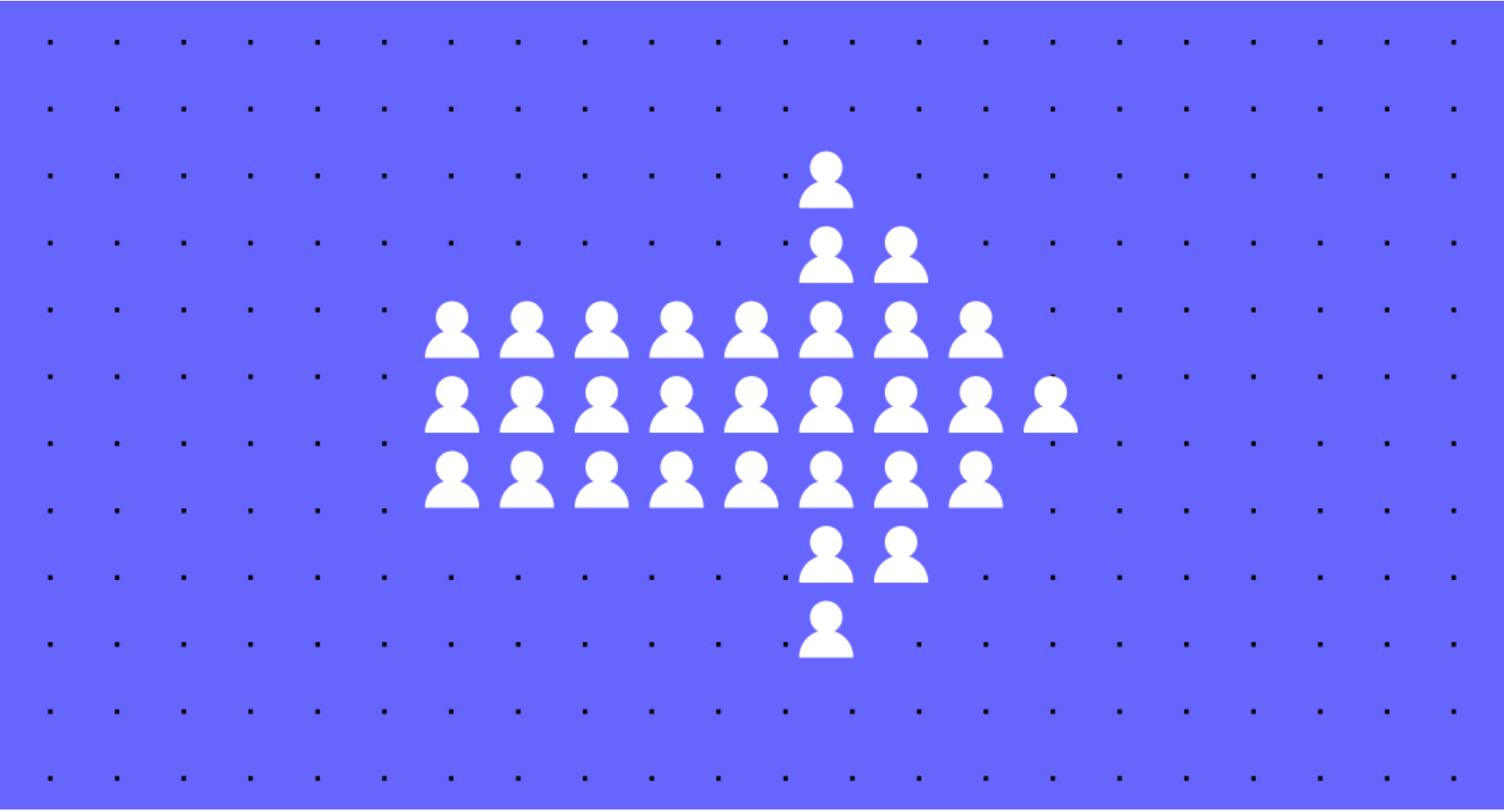SPONSORED CONTENT
Article by UXPin
Workfront’s 2019 State of Work Survey reported that American workers spent 60% of their workday working on tasks that were not their core responsibility. Time was spent in meetings, answering emails, and doing other administrative tasks. As companies grow, designers are faced with the same challenge: the need to do other tasks that are not design related. This is where DesignOps come in, they take care of the secondary tasks so that designers can focus on what they are paid to do: designing. This article will explain what a design operations manager does, why DesignOps is important, and how it can help companies scale.
In this article:
- What is DesignOps?
- Why is DesignOps important?
- What roles does DesignOps play?
- How does DesignOps help companies scale?
- Does your company need a DesignOps team?
What is DesignOps?

DesignOps refers to optimizing processes, teams, and craft to amplify design’s value and impact at scale. Usually, a team of people whose role is to design, plan, and manage the design process, take care of operations, business process, resource allocation, and logistics in the design team. The end goal of design operations is to increase the efficiency of the design team and improve the quality of design output.
Why Does DesignOps Matter?
In order to understand the importance of DesignOps, it’s important to first look at the challenges that design teams face:
- A high volume of work. As the demand for design continues to grow in many organizations, designers have more design work to do. Additionally, they often have to do other tasks such as attending meetings, responding to emails, and managing collaboration with other teams.
- Isolation. Most designers work in silos, away from other teams in the organization which creates a lot of inefficiencies.
- Lack of the right design tools. Many design teams do not have access to all the tools that they need to carry out their jobs.
- Being kept out of the loop. Often, design teams are not involved in the strategy meetings that create design requests.
- Need for speed: The success of design teams is often measured by how fast they can churn out design projects, which creates a lot of pressure.
These challenges are often a recipe for burnout, slow design delivery, and poor quality design outputs. The list of benefits that come with DesignOps is extensive. The people that implement DesignOps remove these bottlenecks and inefficiencies by streamlining the design process which makes it easy to scale design. They bring structure and consistency to the design process while also removing all the obstacles that designers face.
The Role of DesignOps
The main role of design operations management is to protect the time of the design team so that they can focus on doing their jobs without obstacles or distractions. Here is how this role plays out day-to-day:
Operations management

This role involves creating a clear design roadmap of what the long-term goals of the design team are and how they can be achieved. It is also their job to assess the headcount of the design team and identify any skill gaps.
Process design

DesignOps plan and manage the design process by creating design systems and mapping out the design tools that the team needs. They create the frameworks of how the design team should collaborate with other teams within the organization.
Project management

They are in charge of design workflows and assign projects and set timelines. The DesignOps team schedules daily stand up meetings to find out the progress of design projects. They also organize and run design sprints.
Creating a communication strategy
The design operations manager acts as the liaison between the design team and the rest of the organization. They evangelize the importance of design and set team meeting agendas. DesignOps creates a system for storing all the files and resources that the design team needs for easy retrieval.
Onboarding new hires

They orient new staff, train them, and ensure that they fit into the design team. Hiring new design staff is also part of their mandate.
Building the culture of the design team
The DesignOps team organizes workshops and training for the professional development of the design team. They also provide professional and emotional support for designers within their team and organize team-building activities to create a sense of community in the design team.
Budget allocation and control
Ops design establishes how much it costs to run the design team and justifies these costs. Once the budget is approved, they are in charge of how it is distributed within the design team.
Legal
Working with the legal team to create NDAs and participant release forms that are used during user testing
Managing the procurement process
Liaising with the procurement department to streamline how the design team makes purchasing decisions.
IT and Security
Coming up with the technological roadmap of the design team and working with the IT department to ensure the compatibility and security of design tools.
How DesignOps Helps Companies Scale
Growing companies often see a sharp increase in their design needs. This can be due to expanding product lines or the creation of new business lines. Often, there is a commensurate increase in the stress, workload, and pressure that design teams face which can be a bottleneck to further growth. DesignOps help companies scale by:
- Removing any bottlenecks and obstacles in the design process.
- Standardizing and optimizing the design process.
- Coordinating communication and collaboration across all teams.
- Allowing designers to focus on design.
- Taking care of new employee onboarding to make it easy to bring new employees up to speed.
Once the operational kinks are smoothened out, organizations can increase the quality and quantity of their design output.
Does Your Company Need a DesignOps Team?
For large organizations with teams of more than 50 designers, a design operations role is necessary to coordinate all the designers and the different projects that they are working on. An organization with fewer designers who work in different teams also needs a DesignOps manager to coordinate the different design teams.
While a DesignOps manager might not be needed in a small organization with few designers, these organizations can benefit from DesignOps thinking. This means that small design teams can work better if they standardize their design processes and workflows. This will lay a foundation for small teams to scale more easily when the organization grows.
Scale Your Design Team With the best Design Tools
Design operations help design teams scale much faster by removing the roadblocks and allowing them to focus on design. UXPin is an all-in-one design tool that helps DesignOps managers to amplify the value of design, and standardize their design process by using design systems and revolutionary Merge technology. Reconnect worlds of design and development and let your whole product team work together using the same code-based components. Discover UXPin Merge today.










